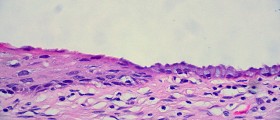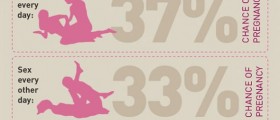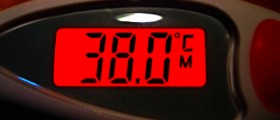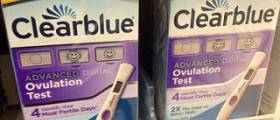
Introduction
Couples who are trying to make a baby are aware that the chances of becoming pregnant are higher on certain days, considered fertile days. Having sex on those days is likely to lead to conception, provided everything else functions normally and the couple has no other health or fertility issues.
Because of this, it is advised to get informed on what the fertile days are and how to calculate them. several days prior, during and after the ovulation are considered the best time for attempts to make a baby. However, identifying the exact time of the ovulation may be difficult, especially if a woman’s cycle is not very regular. Fortunately, there are other methods besides simple calculation. Observing the cervical mucus, its texture, color and viscosity, is one of those methods.
Cervical mucus and the fertility cycle
Cervical mucus is a normal part of the environment inside a woman’s vagina. Depending on the time in the cycle, it serves either as a barrier for the sperm or as a means of transportation for it. It is mostly made of water but the water content changes depending on the function in performs at different points during the cycle.
The changes in the cervical mucus can be monitored and noted down throughout the cycle. As the cycle progresses, the mucus changes in texture and volume and these parameters provide the information as to which process is currently taking place in the cycle. They can be used to determine the moment when the woman is most fertile.
Collecting a sample of cervical mucus is not very difficult. It is necessary to carefully wash the hands before doing it, in order to avoid infections. The mucus is collected by inserting one or two fingers deep into the vagina, making circular motions around the cervix or as close to it as possible. This should be done frequently, preferably each day of the cycle. The texture, volume, color and viscosity of the mucus should be written down.
As a woman approaches ovulation, in the period when there is some chance of pregnancy, the mucus will be moist, sticky and white or cream in color. When it is stretched between fingers it breaks easily, approximately at 1 cm of distance between fingers.
Right before the ovulation, when the chance of pregnancy is highest, the mucus will be thin, clear, abundant and very stretchy. Some women compare it to the egg white. It can be stretched for several centimeters before breaking, if it breaks at all. This is the ideal condition of the mucus and after it reaches its peak it will not longer be favorable for conception. During this time, the sperm survival rate is higher, up to 72 hours, which is much longer than during other parts of the cycle.
After ovulation, the mucus becomes sticky again and breaks very easily. At this point the chance of becoming pregnant is low.
















Your thoughts on this
Loading...